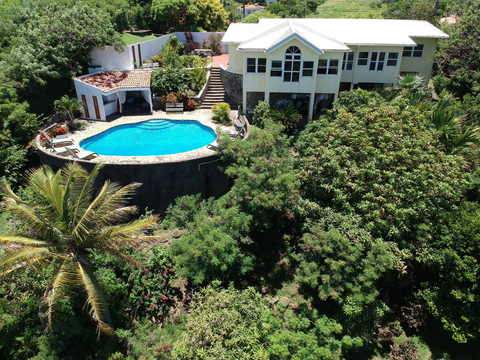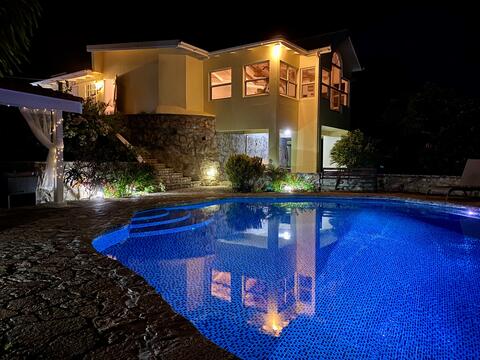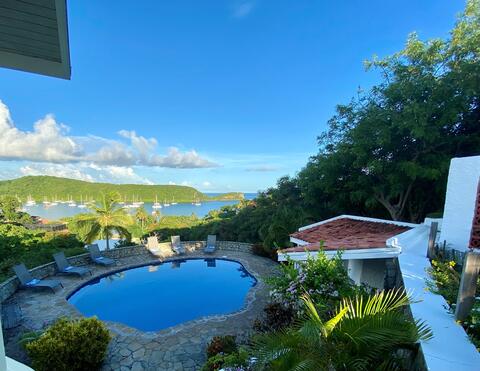- The Villa
- Layout
- Location
- Photo Gallery
- Guest Book
- Guest Book 2025
- Guest Book 2024
- Guest Book 2023
- Guest Book 2022
- Guest Book 2021
- Guest Book 2020
- Guest Book 2019
- Guest Book 2018
- Guest Book 2017
- Guest Book 2016
- Guest Book 2015
- Guest Book 2014
- Guest Book 2013
- Guest Book 2012
- Guest Book 2011
- Guest Book 2010
- Guest Book 2009
- Guest Book 2008
- Guest Book 2007
- Guest Book 2006
- FAQ
- Availability
- Enquiries
- Grenada
Grenada
About Grenada
Grenada has sometimes been known as the "Spice Island," because of the abundant spices that are grown there. Its centuries-old spice plantations and rum distilleries still use traditional methods, emphasizing quality rather than quantity. Although the tourist industry has become more substantial in recent years, the island's easy rhythms and the friendly openness of its people evoke an atmosphere that has long since vanished elsewhere.
This small tri Island state consists of: Grenada, Carriacou, and Petit Martinique. Grenada being the largest of the three, with a width of twelve miles (18 km) and a length of twenty-one miles (34 km). Its 133 sq. miles (440 sq. km.) of mountainous volcanic terrain, reaching heights of over 2,750 feet. The topography provides Grenada with one of the loveliest and most varied environments in the Caribbean, including crater lakes as well as a startling array of plant and animal life. Those forests shift to mangrove at the coast, giving way to stunning white sand beaches, brilliant blue water and exquisite coral reefs. The capital, St. George's, is widely held to be one of the loveliest cities in the Caribbean. Its horseshoe-shaped harbour is surrounded by a pastel rainbow of dockside warehouses and the red-tiled roofs of traditional shops and homes.
Location
The three islands of Grenada are located in the Eastern Caribbean at the southern extremity of the Windward islands, only 100 miles north of Venezuela. To the north lie St. Vincent and the Grenadines and to the south Trinidad and Tobago.
Climate
Average temperatures range from 24C/75F to 30C/87F, tempered by the steady and cooling trade winds. The lowest temperatures occur between November and February. Because of Grenada's remarkable topography, the island also experiences climate changes according to altitude.
People
Grenada's population numbers about 89,000, comprising citizens of African, East-Indian 5%, and 13 %European descent. The largest proportion of the population about 82% is of African descent.
The official language spoken is English, although some of the older generation speak Patois (French Creole).
The flag of Grenada was adopted in 1974, When Grenada gained its independence from Great Britain. The seven stars stand for the country's seven parishes, with the middle star, encircled by a red disk, standing for the parish of Saint George, which is the capital. The symbol on the left-hand side of the flag represents a clove of nutmeg, its one of Grenada's principal crops.
More information can be found at www.skyviews.com/grenada


